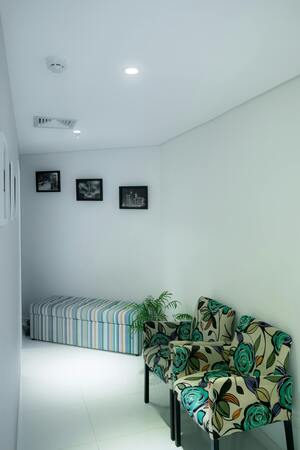More from Bella Virtual Staging USA
More in Politics
Related Blogs
Archives
Social Share
The Impact of Architectural Rendering Visualization on Client Decision-Making
Body
Making Complex Designs Accessible
Architectural projects can be complex, with many details and technical aspects that are difficult for clients to grasp. Traditional 2D plans and blueprints often leave clients confused, as they struggle to envision the final outcome. This is where architectural rendering visualization comes in.
-
Simplifying Complexity: Architectural rendering visualization translates intricate designs into easy-to-understand 3D images or animations. Clients can see a realistic portrayal of the project, which helps them understand the spatial relationships, scale, and overall design intent. This clarity reduces the chances of miscommunication and ensures that clients fully comprehend the proposed design.
-
Enhancing Engagement: When clients can visualize the project in its entirety, they become more engaged in the process. They can explore different aspects of the design, ask questions, and provide feedback with confidence. This engagement is crucial for ensuring that the final design aligns with the client's vision and expectations.
Facilitating Informed Decisions
One of the most significant impacts of architectural rendering visualization is its ability to facilitate informed decision-making. When clients can see a detailed and realistic representation of the project, they are better equipped to make choices about various design elements.
-
Material and Color Selection: Choosing materials and colors is often one of the most challenging aspects of the design process for clients. Architectural rendering visualization allows clients to see how different materials and colors will look in the completed space. This helps them make decisions that they will be happy with in the long term, reducing the likelihood of costly changes later in the project.
-
Assessing Design Options: Architectural rendering visualization also allows clients to explore different design options. They can compare various layouts, styles, and features side by side, making it easier to choose the best option for their needs and preferences. This level of comparison is challenging with traditional design methods, where changes can be time-consuming and expensive.
Reducing Uncertainty and Anxiety
The decision-making process in architectural projects can be stressful for clients, especially when they are unsure about the final outcome. Architectural rendering visualization helps to alleviate this uncertainty by providing a clear and accurate picture of the project.
-
Building Confidence: When clients can see exactly what the finished project will look like, they gain confidence in their decisions. This confidence reduces the anxiety that often accompanies large-scale projects, making the process more enjoyable for the client. They can move forward with the project knowing that their vision will be realized.
-
Minimizing Risk: Architectural rendering visualization also minimizes the risk of dissatisfaction with the final product. By seeing a realistic rendering before construction begins, clients can make adjustments and changes that align with their expectations. This proactive approach prevents costly mistakes and ensures that the project stays on track.
Accelerating the Decision-Making Process
Time is often a critical factor in architectural projects. Delays in decision-making can lead to project setbacks and increased costs. Architectural rendering visualization can significantly accelerate the decision-making process.
-
Quick Iterations: With architectural rendering visualization, architects can quickly create and present different design iterations. Clients can see how changes will impact the overall design in real-time, allowing for faster decision-making. This efficiency keeps the project moving forward and helps meet tight deadlines.
-
Streamlined Approvals: When clients can visualize the project clearly, they are more likely to approve designs quickly. This streamlined approval process reduces delays and ensures that the project progresses smoothly from one phase to the next.
Enhancing Client Satisfaction
Ultimately, the goal of any architectural project is to satisfy the client. Architectural rendering visualization plays a crucial role in achieving this goal.
-
Aligning Expectations: By providing a realistic visualization of the project, architects can ensure that the final product aligns with the client's expectations. This alignment is key to client satisfaction and can lead to repeat business and referrals.
-
Creating a Positive Experience: The use of architectural rendering visualization creates a more interactive and enjoyable experience for the client. They feel involved and empowered in the decision-making process, which leads to a more positive overall experience.
Conclusion
Architectural rendering visualization has a profound impact on client decision-making. By simplifying complex designs, facilitating informed decisions, reducing uncertainty, accelerating the decision-making process, and enhancing client satisfaction, this technology has become an indispensable tool in the architectural industry. For architects looking to provide the best possible service to their clients, incorporating architectural rendering visualization into their practice is not just beneficial—it’s essential.














Comments